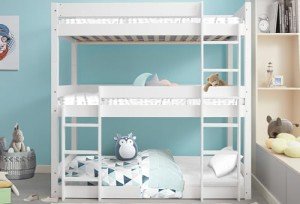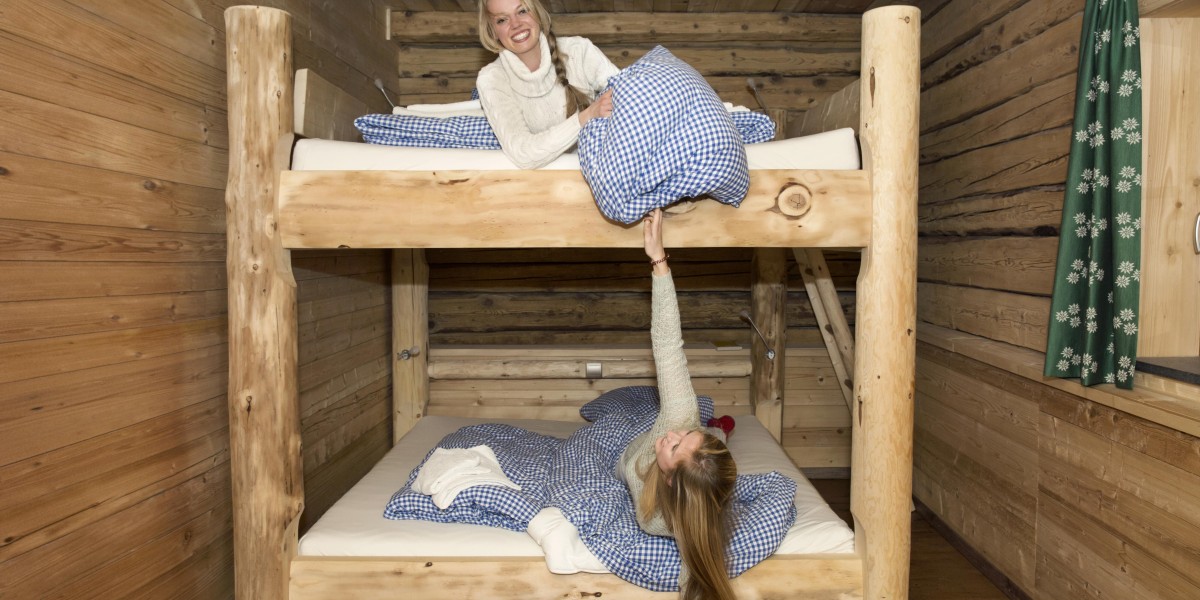A Comprehensive Guide to Children's Bunk Beds: Styles, Benefits, and Safety Considerations
Bunk beds have ended up being a popular choice for households aiming to maximize space and offer a fun sleeping environment for children. With their unique design, they offer an innovative and practical service for shared bed rooms, playrooms, or even guest lodging. This short article checks out the numerous designs of children's bunk beds, their advantages, security considerations, and answers some frequently asked questions.
The Allure of Bunk Beds
Kid's bunk beds are more than simply space-saving structures; they are also a gateway to daring dreams and imaginative play. Below is a comprehensive evaluation of their many advantages.

Advantages of Bunk Beds
- Space-Saving: Bunk beds effectively utilize vertical space, making them an ideal option for smaller sized rooms.
- Lively Design: Many bunk bed designs include slides, camping tents, and themed components, sparking imagination and enjoyment.
- Partner Sharing: Bunk beds are perfect for siblings sharing a room or accommodating sleepovers.
- Flexible Use: Some designs can be separated into 2 private beds, offering versatility as kids grow.
- Storage Options: Many bunk beds include built-in drawer storage or racks, even more enhancing their functionality.
Styles of Children's Bunk Beds
The variety of bunk beds readily available today deals with different choices and requirements. Below is an introduction of some popular designs.
| Design | Description | Best For |
|---|---|---|
| Standard Bunk Bed | A traditional design including one bed stacked above another. | Brother or sisters sharing a space. |
| Loft Bed | Comparable to a bunk bed without the bottom bunk, enables for a work area or play location listed below. | Restricted space for play/desk. |
| L-Shaped Bunk Bed | 2 beds arranged in an L-shape, often with additional areas for storage or play. | Special room layouts. |
| Twin Over Full | A twin bed over a full bed, accommodating various sleep requirements. | Growing kids and teens. |
| High Sleeper | Stands even higher than a loft bed, normally featuring a desk or play area listed below. | Older kids needing more play/desk space. |
| Tent Bunk Bed | Bunk beds with a canopy or tent-like structure, creating a relaxing, fun space. | Active and imaginative kids. |
Secret Features to Consider
When picking the ideal bunk bed for children, the following features are worth thinking about:
- Material: Bunk beds can be made from wood, metal, or a mix. Each has its unique visual and toughness.
- Weight Capacity: Always verify the weight limit of the bunk bed to ensure it can accommodate your children securely.
- Security Rails: Ensure the leading bunk has durable rails to prevent falls.
- Ladder Security: A properly designed ladder ought to provide easy and safe access to the upper bunk.
- Finishing: Ensure any surfaces are non-toxic and safe for children.
Security Considerations
Security is paramount when it concerns kids's bunk beds. The following standards ought to be followed:
- Age Appropriateness: Generally, children under 6 years of ages ought to not sleep in the upper bunk due to safety risks.
- Strong Construction: Ensure the frame and products are strong and can support the weight without sagging.
- Routine Maintenance: Periodically check for loose screws, bolts, or other elements that might require tightening up.
- Clear Play Area: Keep the location around the bunk bed without toys and challenges to lessen tripping risks.
Setting Rules for Safe Use
Developing guidelines for bunk bed usage will assist ensure security:
- Limit Jumping and Climbing: Children ought to be advised against jumping from the leading bunk and getting on the sides.
- Supervising Sleepovers: Monitor young visitors while they are using the bunk bed for the very first time.
- Educate on Ladder Use: Teach how to use the ladder securely, stressing the significance of facing the ladder when going up or down.
Frequently Asked Questions
1. What age is suitable for a kid to oversleep the top bunk?
Most manufacturers advise that kids ought to be at least six years old to sleep in the upper bunk. This standard is developed to alleviate the risk of falls.
2. Can bunk beds be personalized?
Yes, lots of manufacturers offer adjustable options, consisting of colors, products, and additional features like drawers or desks.
3. Are bunk beds safe for weight?
Bunk beds have weight limitations, generally varying from 200 to 400 pounds, depending on the model and material. Constantly check the producer's specs.

4. How do I preserve and clean up a bunk bed?
Regularly inspect for loose parts, keep the bed tidy by wiping down surfaces, and guarantee the bedding is fresh to promote a safe and hygienic sleep environment.
5. Can bunk beds be separated into specific beds?
Numerous bunk beds come with a choice to separate them into 2 private beds, offering long-lasting adaptability.
Children's bunk beds are more than simple furniture; they are a functional, versatile, and imaginative component of a child's room. With different designs offered and various safety considerations to remember, parents can select the perfect bed that fits their space, satisfies their kids's requirements, and instills a sense of adventure. By comprehending the benefits, designs, and precaution related to bunk beds, families can create a wonderful and secure sleeping environment for their children. Whether for brother or sisters sharing a space or space-saving solutions, bunk beds stay a precious choice for many households.








